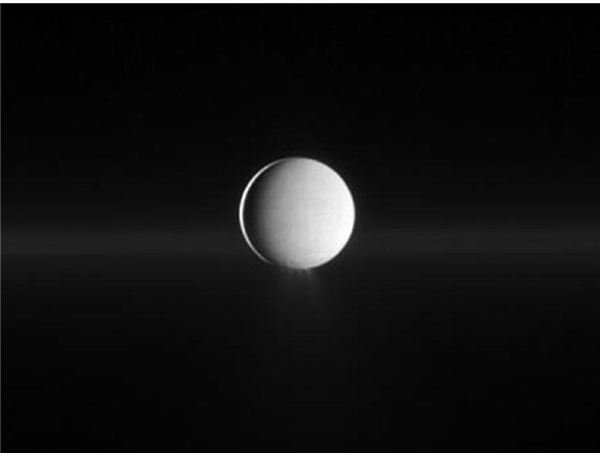Some Very Unusual Solar System Facts
Unusual Facts About Our Solar System - Planetary Facts
Our solar system is somewhat atypical in that there are several planets orbiting a star. From research it appears that most stars don’t have a large and developed system like ours in orbit. It makes the news whenever our astronomers observe a planet. So that should make us feel quite lucky. There are some other interesting facts about our quirky solar system that seem astonishing. Here are just a few:
- The dense cloud cover on Venus can make it hotter than Mercury, the closest planet to the sun.
- The gas giant Jupiter has many characteristics that could make it a small star one day. It is obviously missing the fusion process, but the potential exists to one day ignite it as a source of solar radiation.
- Uranus also has an ice ring similar to Saturn.
- Mars appears to contain dry channels and other surface characteristics similar to Earth that correspond with liquid water. It is theorized that liquid on the surface escaped after Mar’s rotation slowed and its atmosphere thinned dramatically. The cause of this is still unknown.
- The solar system is composed of eight planets. Four are terrestrial planets, and four are gas giants. A new classification of planets called dwarf planets includes Pluto and Haumea.
- Technically there are 166 moons in the solar system, and most of them belong to Jupiter. If Pluto were still a planet, there would be 169 moons in the solar system.
- Haumea is a dwarf planet in the Kuiper belt, and it is smaller than Pluto. It was discovered in 2005.
- In 2006, Pluto was added to the classification of dwarf planets.
These facts are just a sample of our strange and wonderful planetary facts.
Facts About Asteroids & Comets
Here are few facts about asteroids:
- Iron asteroids can inflict far more severe damage in landing on earth than carbon or stony asteroids. They survive the atmospheric burn much better.
- Most asteroids that have impacted life on earth have originated in the asteroid belt between Mars and Jupiter.
- Our solar system is surrounded by the famous Ort cloud. It is believed that most of our comets originated in this Ort cloud.
- The asteroids in the infamous belt between Mars and Jupiter are primarily carbon asteroids. These account for 75% of all known asteroids.
These facts are just a sample of our strange and wonderful asteroids facts.
Facts About Life On Earth
Here are a few interesting facts about life on Earth:
-
The Earth is the only planet ever found to contain life as we know it.
-
Life on Earth could never have evolved without our moon. The tidal influence it seems was critical in the arrangement of the first amino acid chains that sparked life as we know it.
-
Life on Earth could never have evolved without the magnetic field of the Earth, a characteristic of our rotating internal core. The magnetic field protects life on Earth from radiation.
-
Light from the sun travels 93 million miles in just a few minutes to the Earth. This light is essential for life on Earth.
-
The Earth is the only planet ever found to contain life as we know it.
This completes our list of facts about our solar system. It is a strange and wonderful place indeed.
References
https://science.nationalgeographic.com/science/space/solar-system
